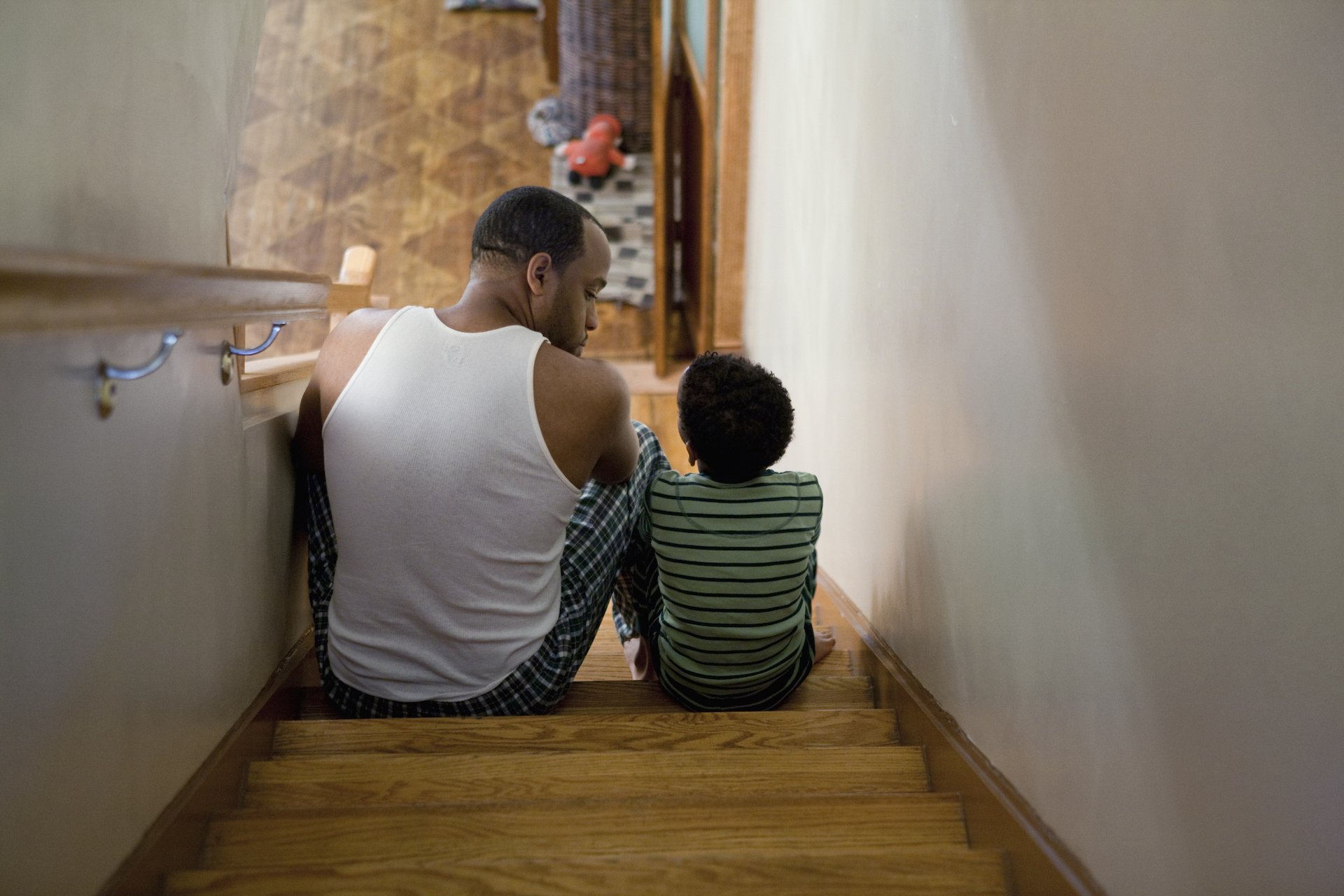Suspect lead in your home?
We can help.
Lead-based paint and lead-contaminated dust are the most hazardous sources of lead for U.S. children. The older your home is, the more likely it is to contain lead. Lead can be found in paint, soil, dust, and water lines, and young children are at the greatest risk of health problems related to lead exposure, including serious brain and kidney damage.
The good news: Lead poisoning is 100% preventable.
Take these steps to make your home lead-safe.
- Talk with your child’s doctor about a simple blood lead test. If you are pregnant or nursing, talk with your doctor about exposure to sources of lead.
- Contact a local lead inspector about testing paint and dust in your home for lead if you live in a home built before 1978.
- Renovate safely. Common renovation activities (like sanding, cutting, replacing windows, and more) can create hazardous lead dust. If you’re planning renovations, use contractors certified by the Environmental Protection Agency (visit www.epa.gov/leadexternal icon for information).
- Remove recalled toys and toy jewelry from children and discard as appropriate. Stay up-to-date on current recalls by visiting the Consumer Product Safety Commission’s website: www.cpsc.gov.external icon
Have a question about your rights as a tenant?
We’re here to help.
Rental owners in Toledo are now required to have any 1-4 unit rentals built before 1978 inspected and certified lead-safe. Using our Lead Safe Map, anyone can search an address to see the status of a property’s lead-safe certificate, the deadline for certification, and any actively hazardous properties that have been reported to the Toledo-Lucas County Health Department.
Under the Lead-Safe Ordinance, tenants were also provided certain protections that include:
- A unit cannot be leased for occupancy until the owner obtains a Lead-Safe Certificate, once the initial phase-in deadline has passed.
- No owner may evict a tenant or refuse to renew a month-to-month or periodic tenancy because the owner does not wish to comply with the Lead-Safe Ordinance.
- Tenants maintain all rights under the Ohio Landlord-Tenant Act, including the right to withhold rent or terminate a tenancy in response to an owner’s failure to comply with the Ohio Landlord-Tenant Act.
- Owners must provide a copy of the Lead-Safe Certificate or proof that the property was constructed after 1978 to the tenant upon lease of the unit.
If you are a tenant and believe the owner has violated these protections or your unit has active lead hazards, please Contact Us with the address of the property. Please remember that rental owners do not have to comply with the Lead-Safe Ordinance until their area deadline.
During the COVID-19 outbreak, Toledoans are spending more time at home, potentially leading to greater exposure to lead. In addition to general cleaning and disinfecting during the outbreak, you can help prevent lead exposure from dust and dirt by frequently cleaning floors, windowsills, hands, and toys. It is also important to check for and safely address other potential sources of lead in and around your home.
Even small amounts of lead can affect children’s behavior, growth, and learning. It is important that children at risk for lead poisoning get a blood lead test, even during COVID-19. Healthcare offices throughout the state have taken extra care to ensure patients are safe when visiting. If you think your child might have been around lead, ask your child’s doctor about a blood lead test.
Every zip code in Toledo is considered high risk for lead under the Ohio Department of Health’s requirements. That means every child should be tested for lead poisoning at ages 1 and 2. Medicaid and most private insurances cover the cost of these tests. Any child ages 3-6 that has not previously been tested must be tested as well. This is Ohio law.
If you answer yes to any of these questions, please call your doctor today to have your child tested. You can also receive testing at the Toledo-Lucas County Health Department.
1. Is the child on Medicaid?
2. Does the child live in a high zip code?
3. Does the child live in or regularly visit a home, child care facility or school built before 1950?
4. Does the child live in or regularly visit a home, child care facility or school built before 1978 that has deteriorated paint?
5. Does the child live in or regularly visit a home built before 1978 with recent ongoing or planned renovation/remodeling?
6. Does the child have a sibling or playmate that has or did have lead poisoning?
7. Does the child frequently come in contact with an adult who has a hobby or works with lead? Examples are construction, welding, pottery, painting and casting ammunition.
8. Does the child live near an active or former lead smelter, battery recycling plant or other industry known to generate airborne lead dust?




